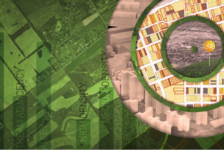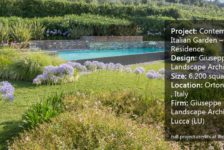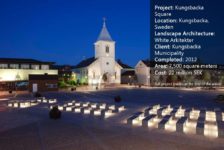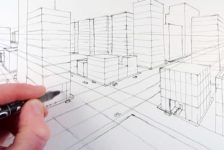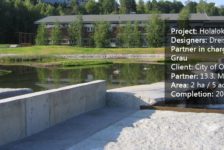Pedestrian bridges — or footbridges — are structures that link two distinct areas, providing access for pedestrians (and, in some cases, cyclists). In a world that is mostly vehicle-oriented, these elements are a great way to facilitate motion in the chaotic urban environment, where increasing traffic is a relevant issue. In terms of function, footbridges must provide safe and easy access across streams, roads, railroads, and so on. Although they are built more to a human scale (compared to highways and vehicular bridges), pedestrian bridges still make a big visual impact on the landscape, so aesthetics is very important to ensure that this impact is positive. With that in mind, designers have turned these elements into real works of art — check out our Top 10, featuring the most incredible examples from around the world: 10. The Rolling Bridge (2004) – London, UK It looks like an ordinary steel footbridge at first, until it curls up like a caterpillar! Designed by Thomas Heatherwick, this bridge at Paddington Basin allows the passage of boats — when up — and the crossing of pedestrians — when down — due to the hydraulic system that powers the structure. To see it working, check out this video: 9. Moses Bridge (2010) – Halsteren, Netherlands Moses Bridge is not its official name, but one can easily guess why it is called this. At first glance, pedestrians seem to be walking through water, just like in the biblical narrative in which Moses crosses the Red Sea. Designed by RO&AD architects, this “invisible” bridge was built under a moat’s waterline on a 17th-century fortress and its entirely made of wood waterproofed with foil. 8. Arganzuela Footbridge (2010) – Madrid, Spain
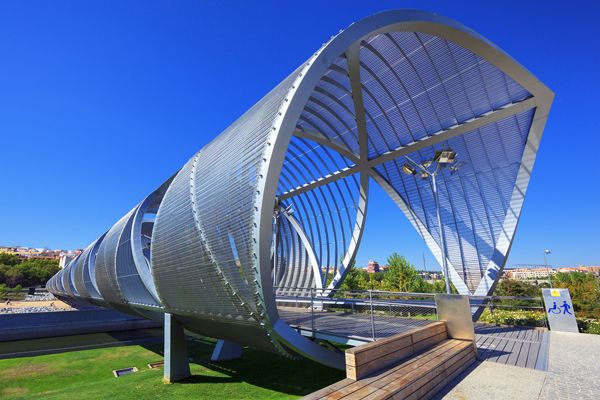
Arganzuela Bridge in Madrid Rio Park, Madrid, Spain. Designed by Dominique Perrault, it is 274 meters in length and formed by two spiral-shaped walkways; credit: prochasson frederic / shutterstock.com
This beautiful bridge in Madrid was built above Manzanares River and enables pedestrians and cyclists to go from one side of Arganzuela Park to the other. The spiraling metallic ribbon, designed by Dominique Perrault Architecture, allows users to have glimpses of the park and the river as people pass over the bridge.
7. Puente de La Mujer (2001) – Buenos Aires, Argentina 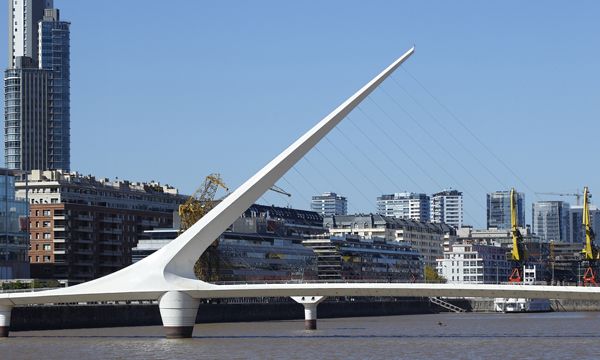
Puente de La Mujer; credit: shutterstcok.com
Spanish architect Santiago Calatrava describes this bridge as “a synthesis of a couple dancing Tango”. The structure is divided into two fixed sections and a movable one in the middle that rotates around a white concrete pylon — as if they were dancing!
6. Hovenring (2008) Eindhoven, Netherlands This suspended “roundabout” designed by ipv Delft Engineers is 72 meters in diameter (standing 70 meters above the ground) and was offered as an alternative route to both pedestrians and cyclists due to increasing road traffic between Eindhoven and Veldhoven.
5. Henderson Wave Bridge (2008) – Southern Cordillera, Singapore 
Wave bridge; credit: shutterstock.com
Linking Mount Faber Park to Telok Blangah Hill Park, this amazing footbridge stands 36 meters above Henderson Road. Its distinctive wavy structure is made of steel and wood, designed by RSP Architects Planners & Ingenieros PTE Ltd and IJP Corporation.
4. The (Double) Helix Bridge (2010) – Singapore This stainless steel bridge by COX Group, Architects 61, and Arup engineers had its design inspired by the DNA structure. Linking Marina Centre to Marina South — at Marina Bay — this fascinating bridge has a lighting system that emphasizes its curves and twists.

Double Helix bridge; credit: Efired / shutterstock.com
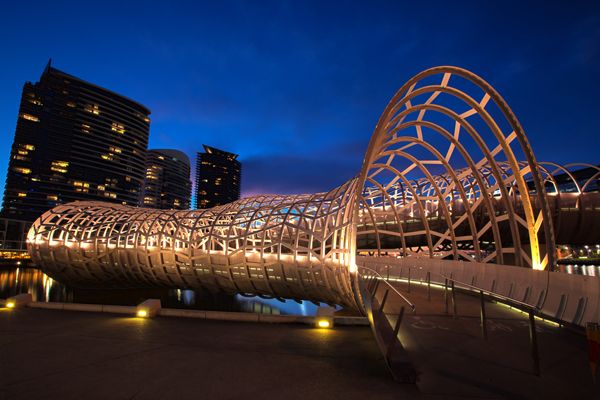
Webb Bridge, Docklands, Melbourne, Australia; credit: shutterstock.com
One of the many bridges that cross the Yarra River, Webb Bridge is located on the southern end of the Docklands and resembles the fishing baskets and traps used by the native people. Designed by architect Denton Corker Marshall in collaboration with artist Robert Orwen, it was constructed using materials recycled from the previous bridge, the Webb Dock Rail Bridge.
2. BP Pedestrian Bridge (2004) – Chicago, USA 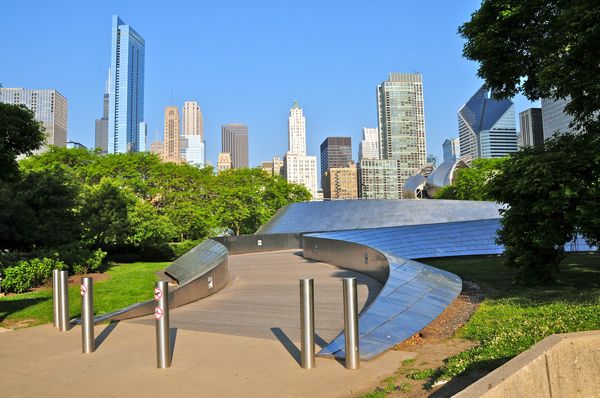
BP Pedestrian Bridge in millennium park, Chicago. The bridge spans Columbus Drive to connect Daley Bicentennial Plaza with Millennium Park, Designed by Frank Gehry; credit: Richard Cavalleri / shutterstock.com
Designed by renowned architect Frank Gehry, this serpentine footbridge connects Millenium Park to Daley Bicentennial Plaza. It does not stand out for its aesthetics only, but also for its functionality, working as an acoustic barrier against the traffic noise coming from Columbus Drive.
1. London Millennium Footbridge (2000) – London, UK 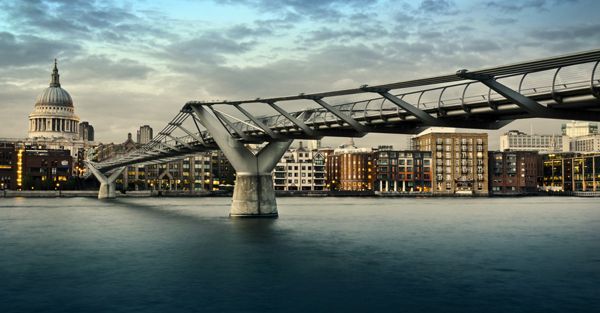
London Millennium Footbridge; credit: shutterstock.com
Probably the most famous example in the world, the Millenium Bridge (official name London Millenium Footbridge) is a steel suspension bridge for pedestrians crossing the River Thames. Its design was a collaborative work of Arup (engineers), Foster and Partners (architects), and Sir Anthony Caro (sculptor), which came up with this incredible bridge that is today one of London’s main tourist attractions. Hold on, it’s not over yet! We would like to make an honorable mention to this conceptual proposal by French architecture firm AZC: an inflatable trampoline bridge over Seine River, in Paris. We want to see you filling the world with audacious creations — therefore, we now propose a new design principle: form + function + fun.
Featured image: shutterstock.com Article written by Julia Lucchese
Published in Blog









